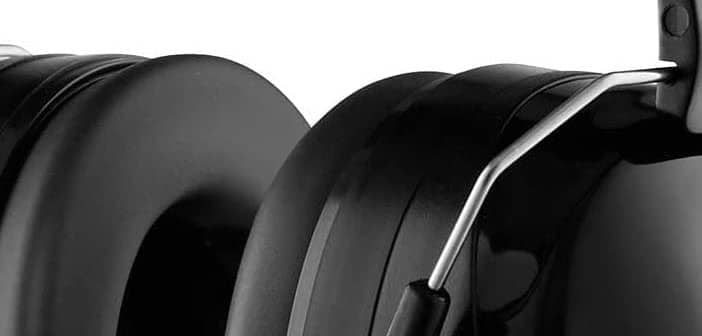
The anti-noise headphones in circulation will allow you to perform all those operations that normally produce an excessively high and repetitive noise without annoying your ears: these hearing protectors are normally anti-noise headphones or earmuffs that isolate partially or totally from sounds external to protect your ears.
Keep in mind that a normal conversation will be between 60 and 65 dB (decibels) while the sound of a motorcycle can go up to 95 dB. The music in the disco, on the other hand, can reach up to 112 dB while the ambulance siren exceeds 120 dB. To understand what dangers we run every day, it must be said that any prolonged sound that exceeds 85 Db is considered harmful to hearing. For this reason, in many working and non-working conditions, it is necessary to have good sound insulation.
When to use them?
Not wearing noise-canceling headphones in environments where they are deemed necessary is not only reckless, but also illegal, so wearing them will help preserve your health and that of your workers. There are also other circumstances, outside the working context, in which they are used, such as, for example, at the shooting range or for hunting.
Comfort
Good headphones must not only be able to stem noise, safeguarding hearing; they must also have comfort among their characteristics, since they are worn for many hours a day. They should be:
- Comfortable
- Not too heavy
- With adjustable headband
- With soft, breathable and hypoallergenic padding
- Foldable
Comfort is a fundamental benchmark, especially for those who have to wear headphones for many hours, so design is of great importance, not so much from an aesthetic point of view, as from a functional point of view. After using the headphones, you will need to store or carry them, which is why a foldable model is more suitable.
In addition, there are also anti-noise earphones, which, thanks to their very small size and weight, are the most practical to carry with you but, above all, can also be worn under a protective helmet. Some also use them at night to counteract any disturbing noises.
Closed headphones, the best solution
The same is true in reverse, that is, the sound emitted is conveyed towards the ear without dispersing towards the outside, thus allowing you to have a good sound pressure, without any sound being perceived from the outside.
They are ideal for listening to music without disturbing those around you, perhaps in the library or near other people watching TV or reading a book. Obviously the insulation capacity depends on the type and intensity of the external noise, but with normal noises the insulation is excellent.
Open headphones
The open headphones, as it is easy to guess, have an opening on the outside of the pavilion, and therefore are not suitable for reducing external noise. In these models the acoustic insulation is significantly lower in both directions, that is both inlet and outlet, because the air is able to pass freely. Therefore, the people around you will be able to perceive the music you are listening to, and external noises will be easily perceived, especially the more intense ones.
Passive or active?
Given that no headphone completely isolates from the outside, because noises are attenuated but never completely eliminated, two types of anti-noise headphones can be distinguished on the market:
- Passive
- Active
The former are limited to isolating the ear from surrounding noises and protecting it from low tones, which are typical, for example, of a construction site, a workshop, an industrial plant etc. These are the main areas in which the ear needs help, but nothing prevents you from using headphones in various other situations of daily life, to protect yourself from annoying neighbors, to study with greater concentration, when playing a musical instrument or at the shooting range.
As for the active headphones, the speech is more complex. They are able to effectively block out loud noises, for example those above 82 dB, but they do so selectively. It means that they allow you to hear other sounds (such as the voices of nearby people or alarms) and are ideal in a situation where you need to isolate yourself from potentially dangerous noises (such as a shot), but you also need to communicate.
What the legislation says?
Preventing noise pollution and defending oneself from its effects means implementing appropriate interventions so that sound sources, such as industrial processing machines, appliances, airplanes, etc., do not emit loud sounds that cause hearing disturbances or damage.
Each anti-noise headset must be accompanied by sound attenuation data (i.e. the ability of the headset to reduce the noise level perceived by the ear) provided by the manufacturer and determined on the basis of what is specified in the UNI EN 458 standard.
Product prices and availability are subject to change. Any price and availablility information displayed on Amazon at the time of purchase will apply to the purchase of any products.